We often think of therapy as something that happens in quiet rooms or peaceful retreats far from the bustle of city life. Yet some of the world’s most energetic urban centers can offer surprisingly therapeutic experiences.
These metropolitan powerhouses somehow manage to provide unique forms of healing amid their chaos, whether through cultural immersion, architectural beauty, or unexpected pockets of tranquility. Here is a list of 20 fast-paced cities around the world that paradoxically offer therapeutic benefits to visitors and residents alike, despite—or sometimes because of—their energetic environments.
Tokyo

Tokyo’s reputation for efficiency extends to its ability to organize chaos in ways that feel oddly calming. The meticulously timed trains and orderly pedestrian crossings create a sense of reliability that soothes the anxious mind.
Many visitors find the city’s blend of ancient temples nestled between skyscrapers provides a perfect balance of stimulation and spirituality, with peaceful gardens like Shinjuku Gyoen offering green sanctuaries amid the neon landscape.
Barcelona
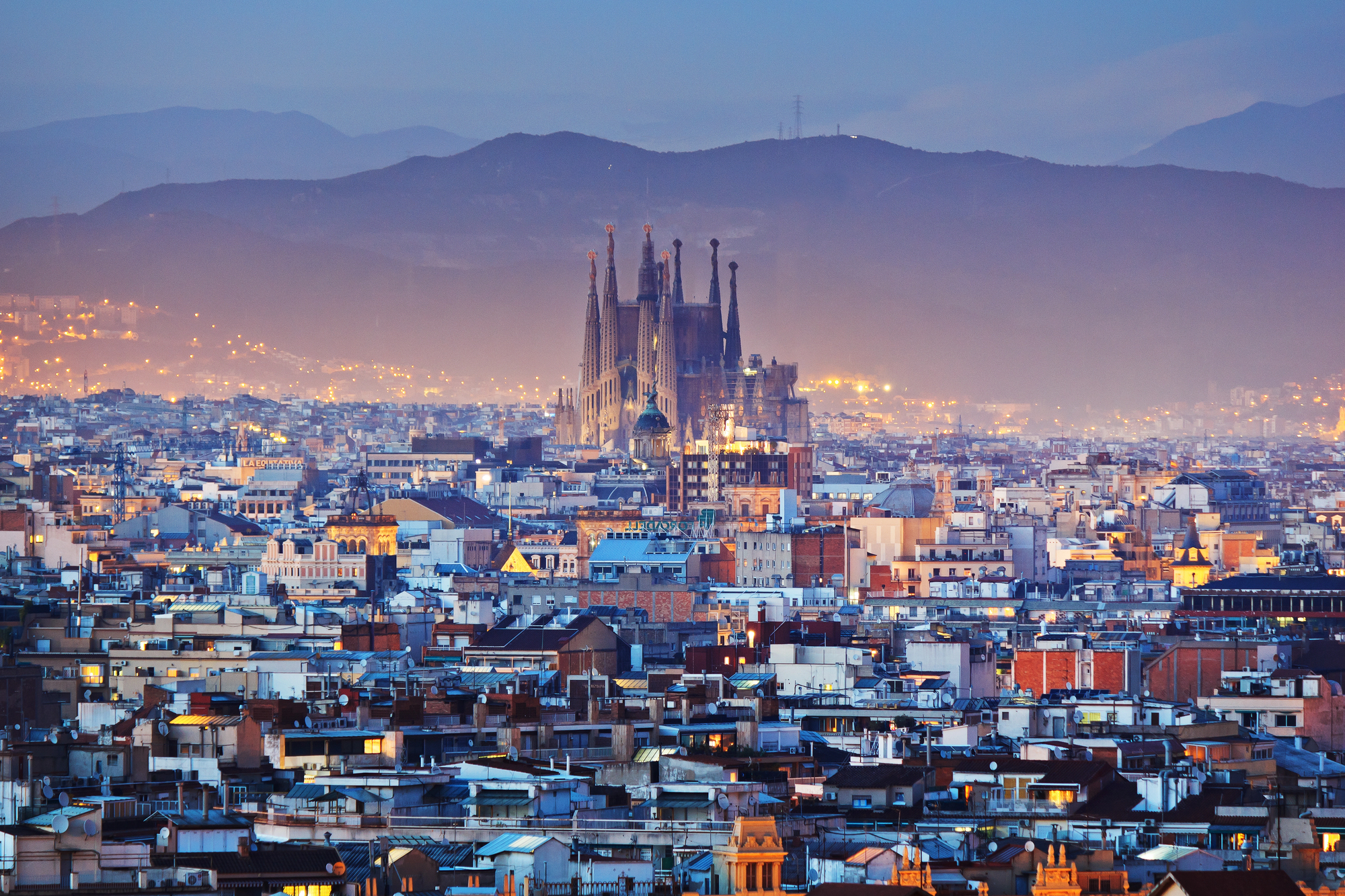
This Spanish city’s whimsical Gaudí architecture transforms urban exploration into a form of art therapy. The organic shapes and nature-inspired designs of buildings like Casa Batlló and Sagrada Família connect visitors to something primordial even while surrounded by urban energy.
Barcelona’s beach culture and emphasis on long, leisurely meals creates natural pauses that prevent burnout despite the city’s passionate, high-energy atmosphere.
Melbourne
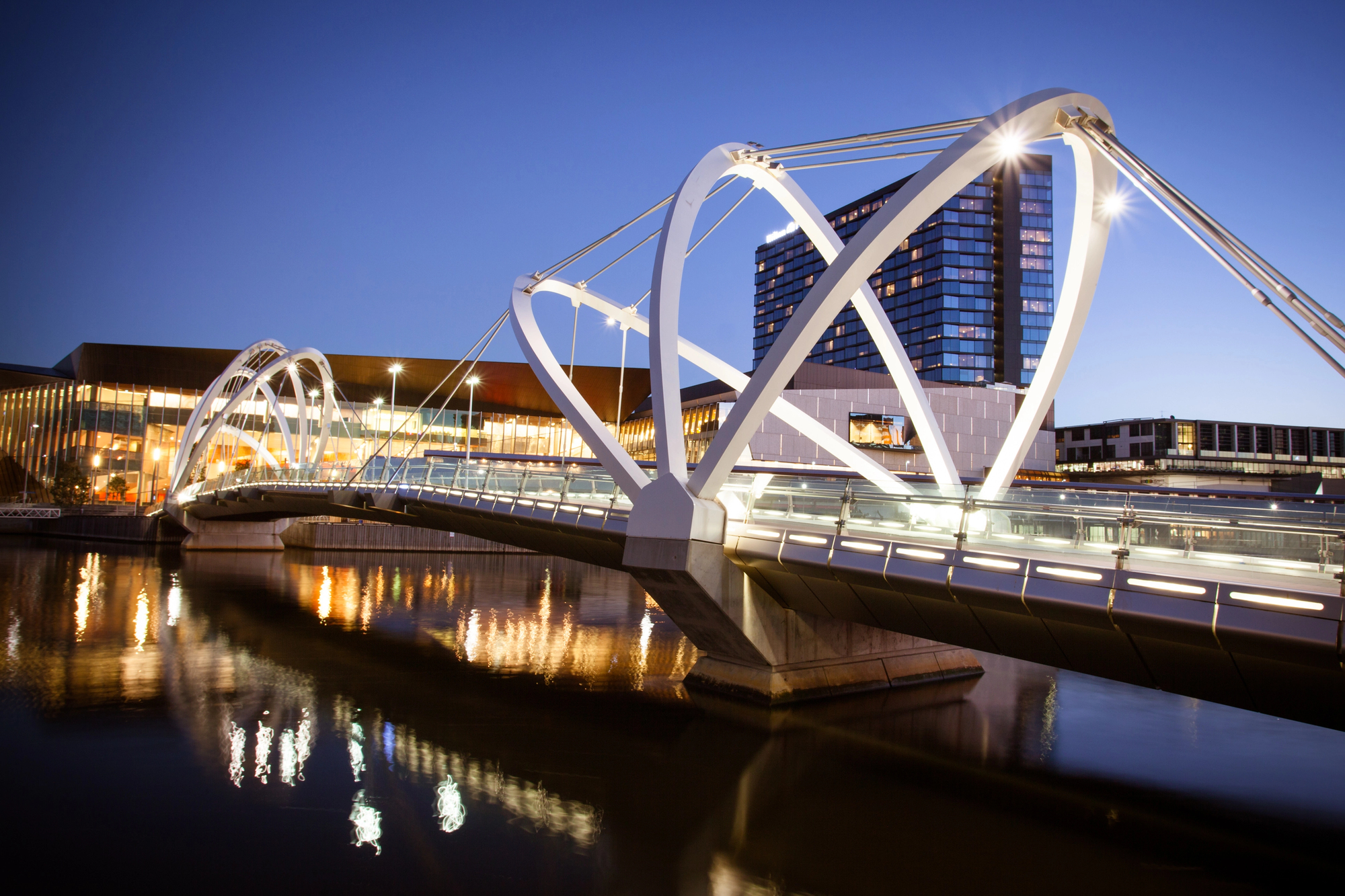
Melbourne’s famous laneway culture creates intimate spaces within the larger urban framework, allowing people to feel connected rather than overwhelmed. The city embraces creative expression through its street art, music venues, and café culture, providing outlets for emotional processing.
Its reputation as Australia’s cultural capital means there’s always something to engage with, yet the city’s walkable center and excellent public transportation prevent the stress that comes with navigation challenges.
Like Travel Pug’s content? Follow us on MSN.
Istanbul
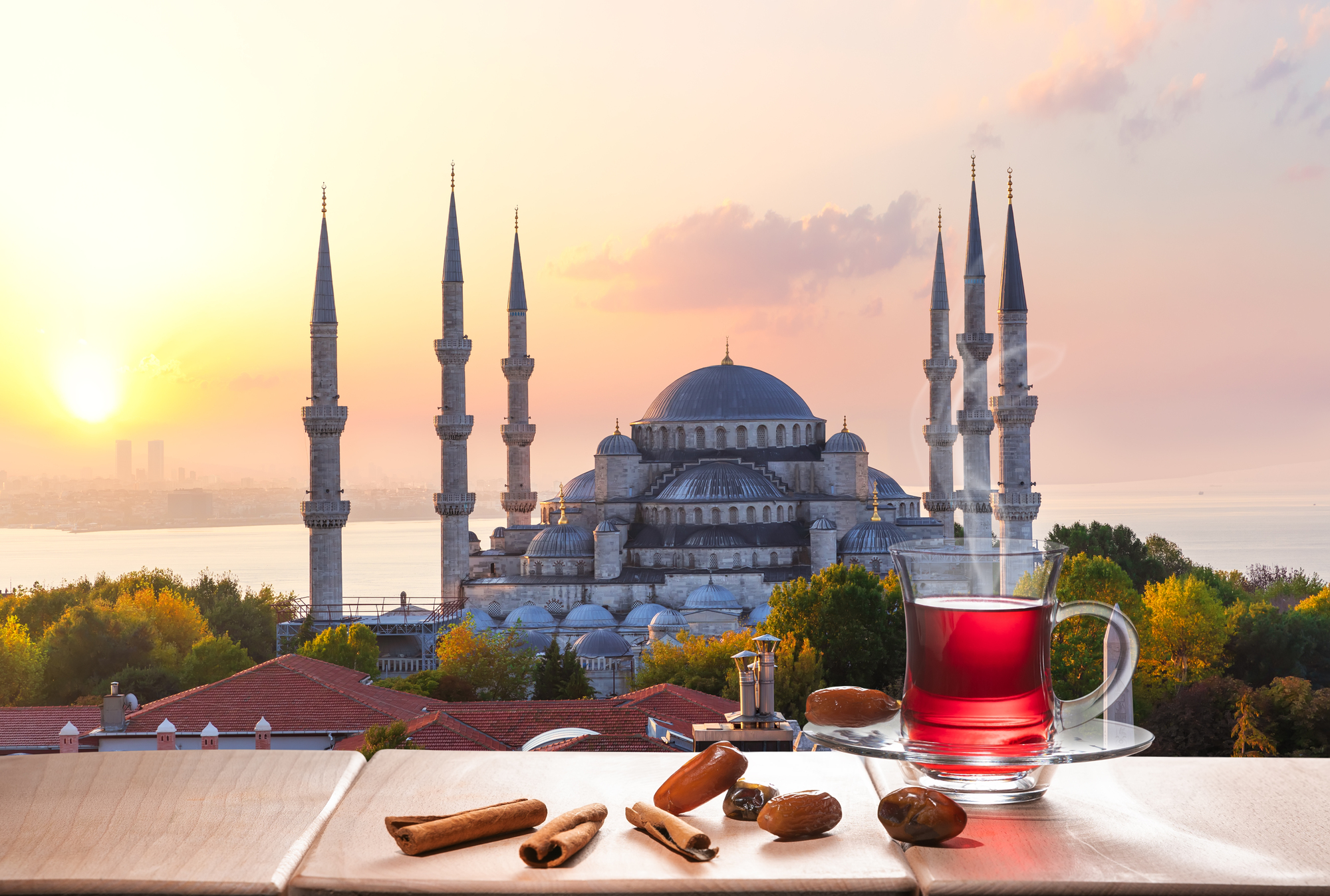
Straddling two continents, Istanbul offers literal perspective shifts that can break mental patterns and inspire new ways of thinking. The ritual of Turkish baths provides physical relaxation amid urban stimulation, while tea gardens create social spaces for mindful connection.
The Bosphorus waterway cuts through the city, offering waterside walks with expansive views that create psychological breathing room even in one of the world’s most densely populated cities.
Kyoto
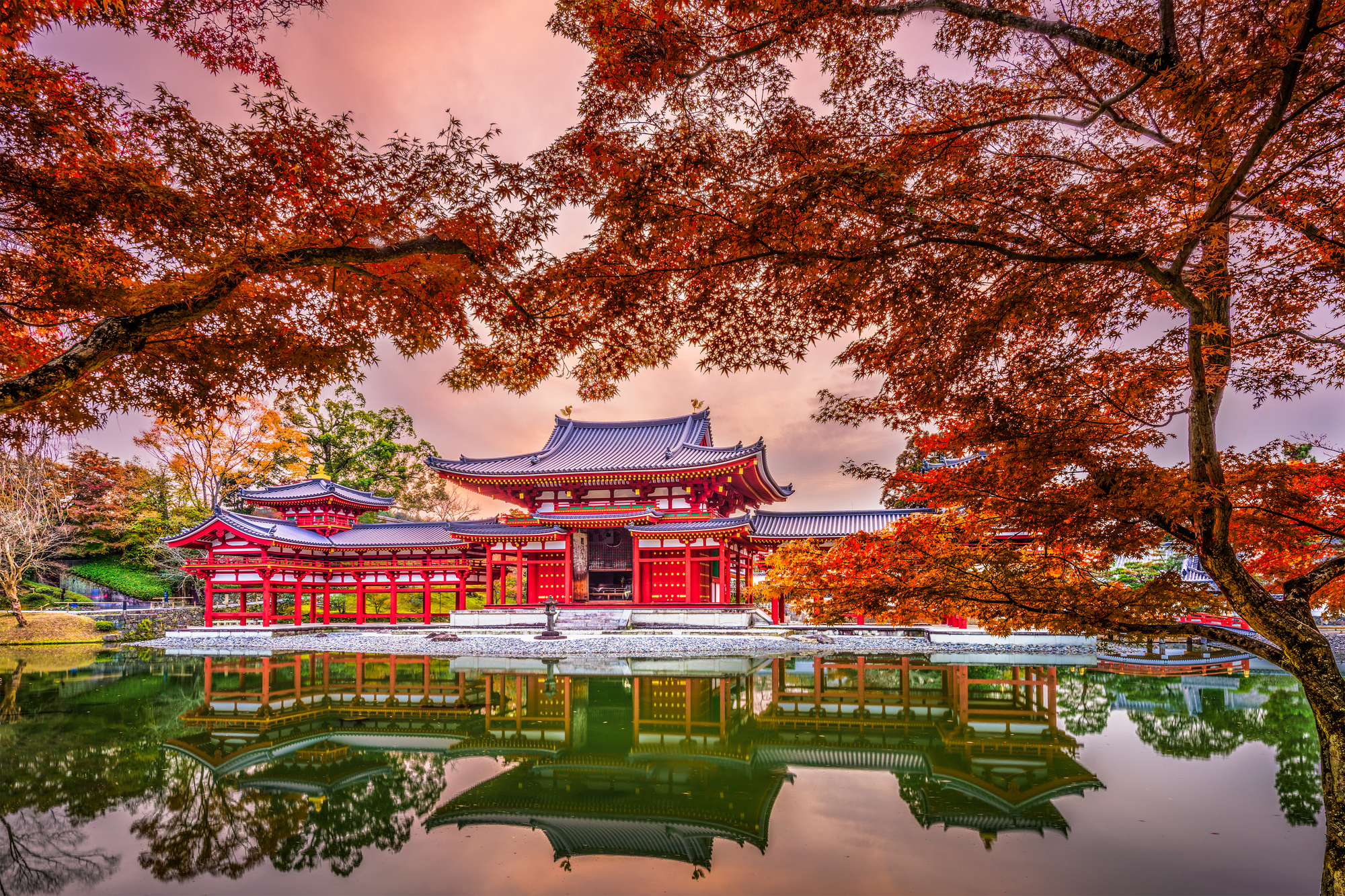
While less frenetic than Tokyo, Kyoto maintains a steady urban energy while housing over 1,600 Buddhist temples and 400 Shinto shrines. The city’s emphasis on mindfulness practices and traditional craftsmanship encourages visitors to slow down and appreciate detail.
Walking the Philosopher’s Path or meditating in temple gardens provides accessible moments of reflection that integrate seamlessly with urban exploration.
Mexico City
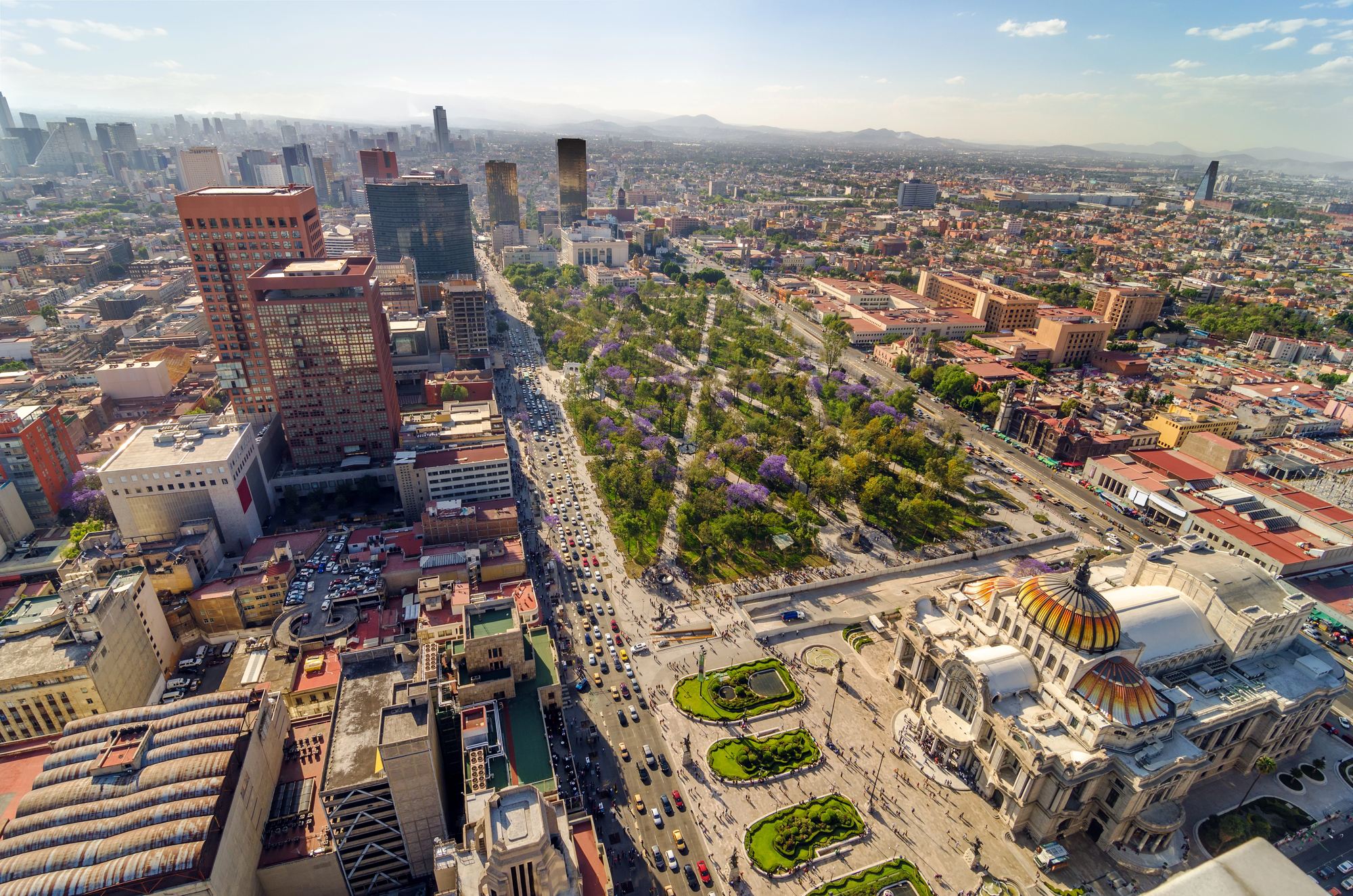
The vibrant colors throughout Mexico City stimulate the senses in ways that many find uplifting rather than overwhelming. The city’s relationship with death through celebrations like Día de los Muertos offers perspective on mortality that many therapists strive to cultivate in their practices.
Massive urban parks like Chapultepec provide ecological therapy accessible by public transit, making nature immersion possible during a lunch break.
Like Travel Pug’s content? Follow us on MSN.
Berlin
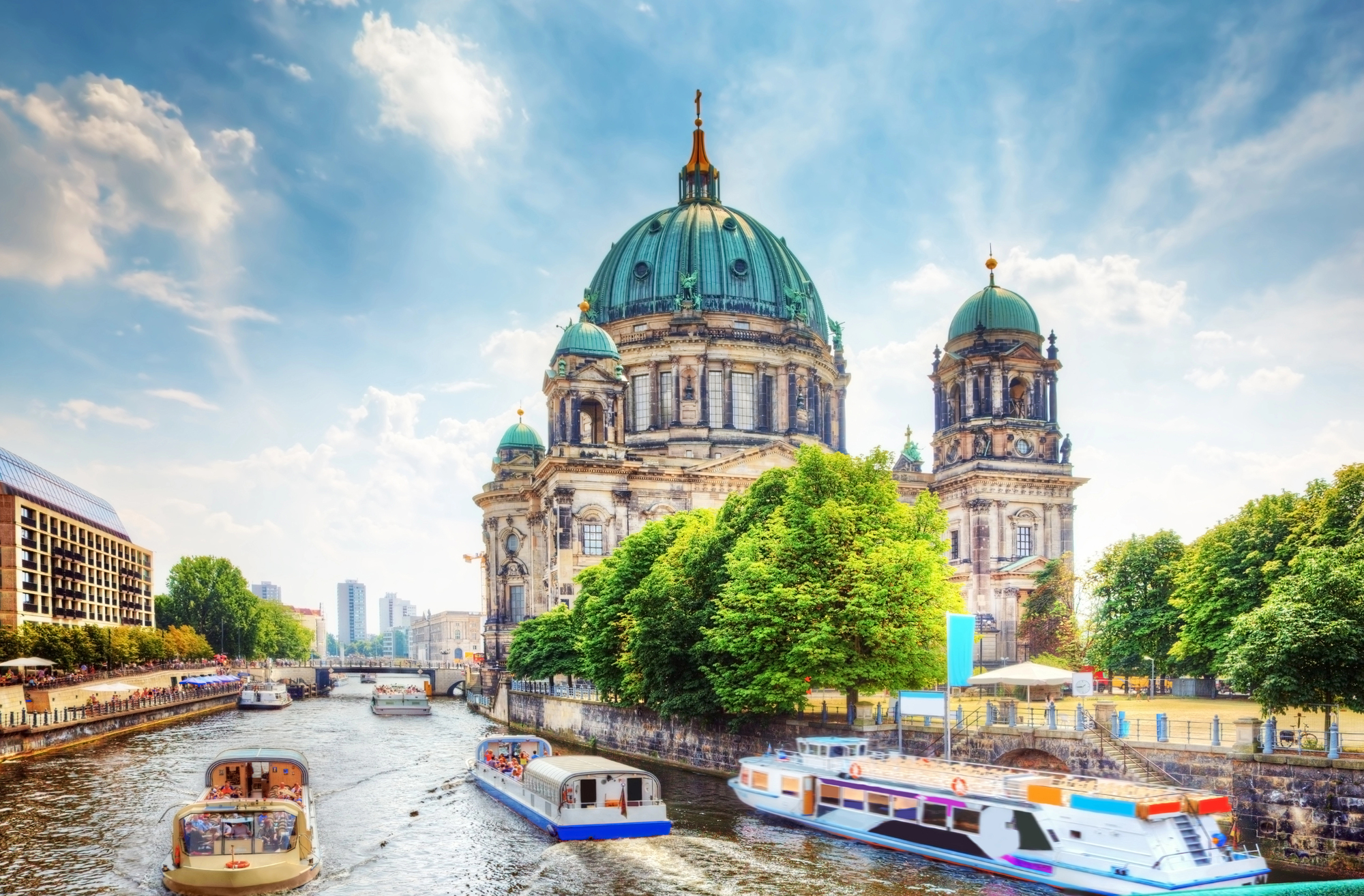
Berlin’s commitment to processing historical trauma through memorials and museums creates spaces for collective healing and reflection. The city’s famous club culture can function as a form of dance therapy and emotional release, while abundant green spaces comprise nearly one-third of the city.
The visible layers of history from different eras remind visitors that transformation is always possible, a core therapeutic principle embodied in urban form.
Singapore
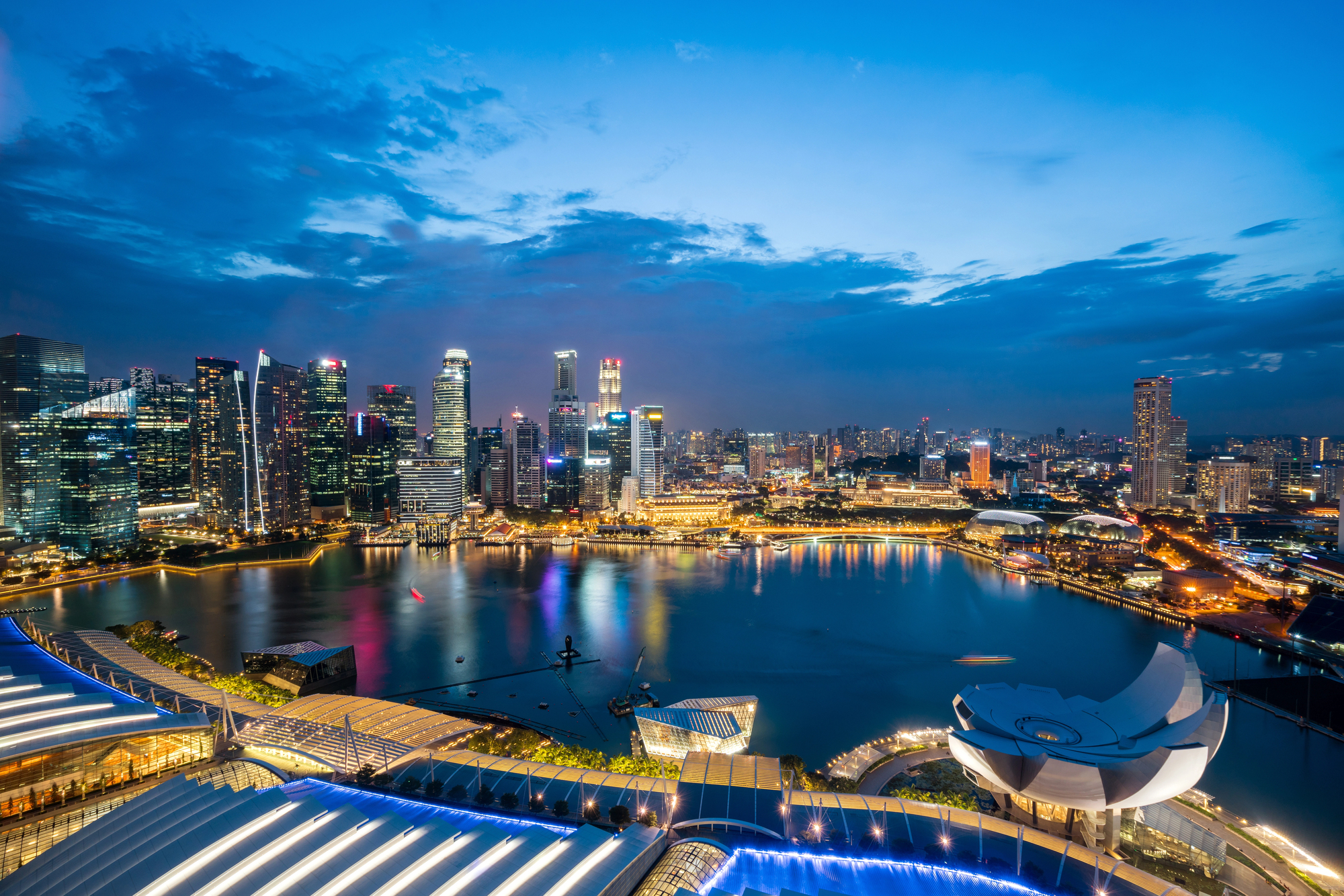
Despite its reputation for density and commerce, Singapore integrates nature into urban design more effectively than perhaps any other major city. The spectacular Gardens by the Bay and tree-covered skyscrapers demonstrate that humanity and nature can coexist, reducing eco-anxiety.
The city-state’s famous cleanliness and order create an environment where external chaos does not compound internal stress.
Portland
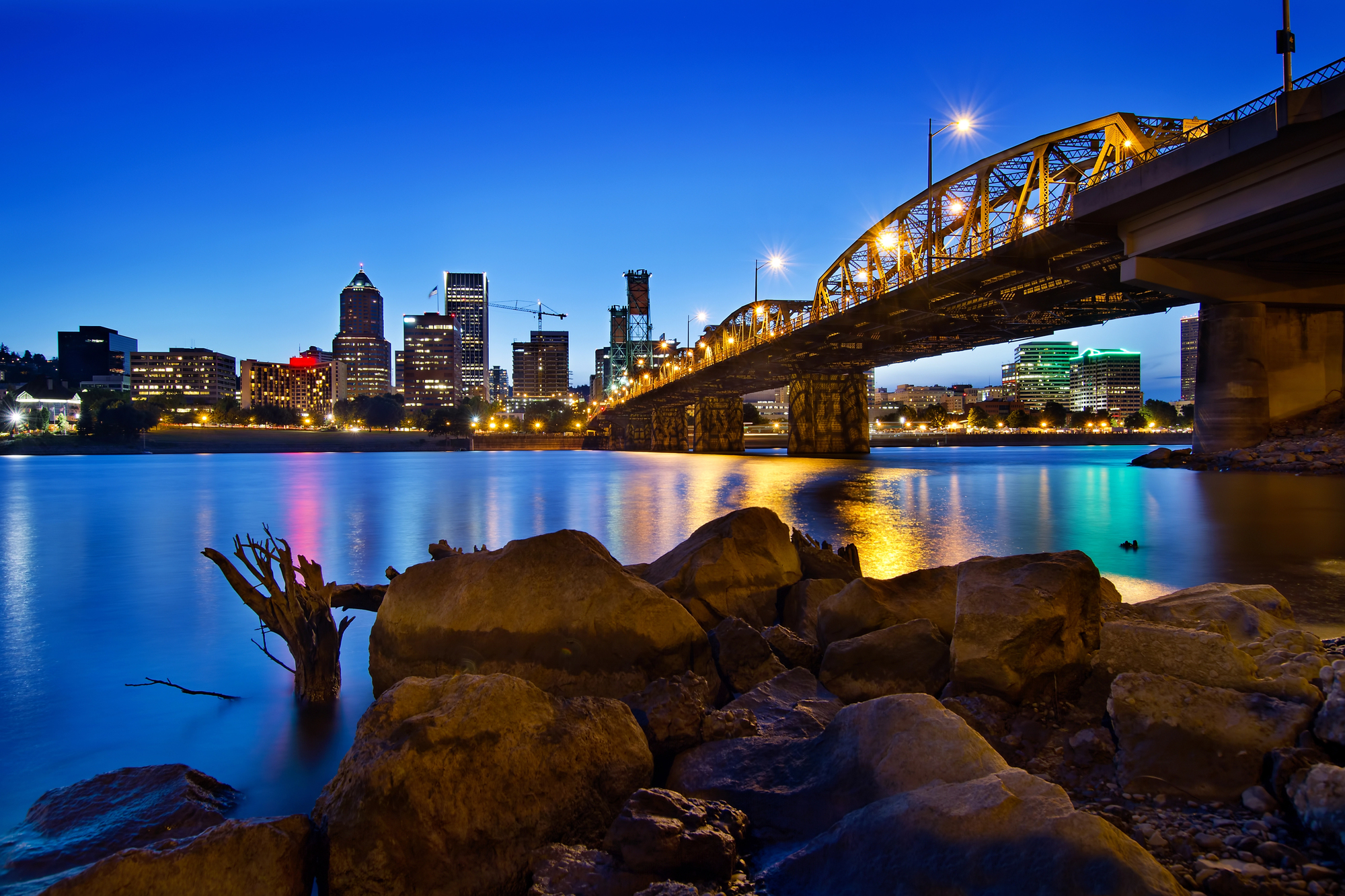
This Pacific Northwest city maintains its therapeutic connection to nature through urban forests, riverside paths, and views of snow-capped Mount Hood from downtown streets. Portland’s bike-friendly infrastructure reduces transportation stress and increases physical activity, addressing both mental and physical health.
The city’s quirky, accepting culture creates space for authentic self-expression, reducing the psychological burden of conformity.
Like Travel Pug’s content? Follow us on MSN.
Lisbon
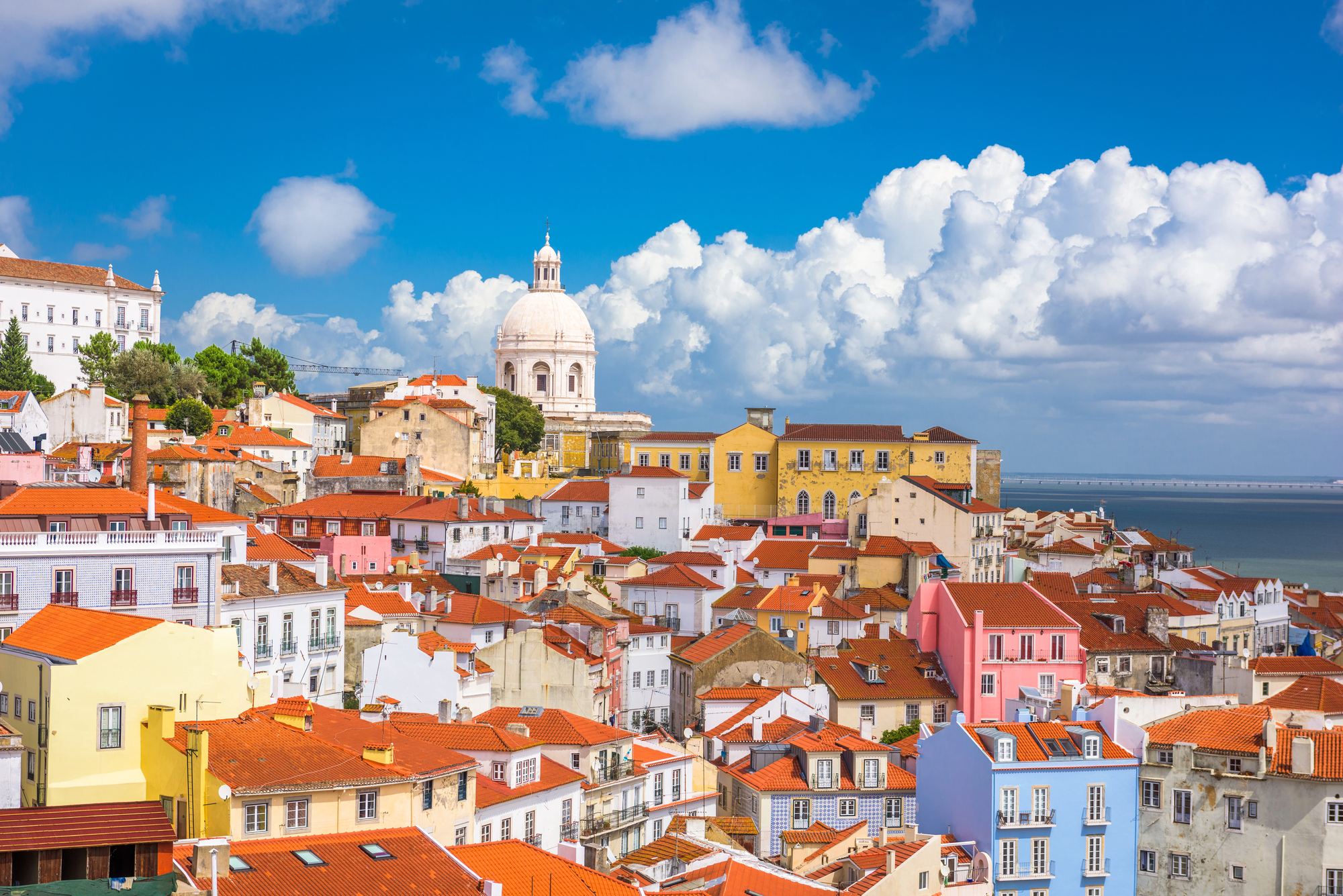
Built across seven hills, Lisbon offers natural viewpoints throughout the city that provide perspective shifts and moments of awe. The melancholic traditional fado music acknowledges difficult emotions rather than suppressing them, creating cultural space for processing feelings.
The city’s relaxed pace, despite its size and significance, demonstrates that productivity and calm can coexist in urban environments.
Copenhagen
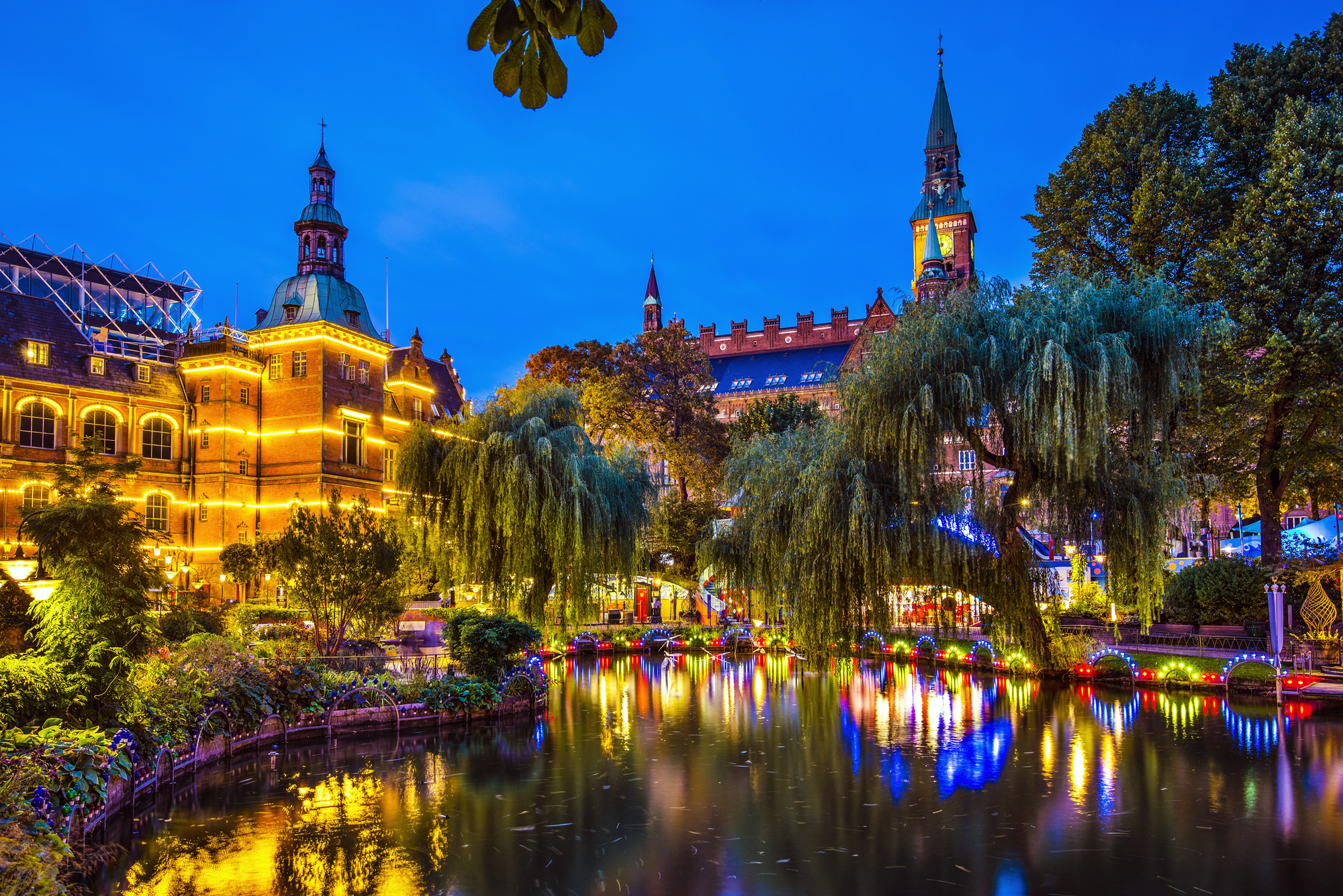
Copenhagen’s famous commitment to cycling culture reduces traffic noise and pollution while increasing physical activity, addressing multiple therapeutic needs simultaneously. The Danish concept of ‘hygge’ (cozy contentment) manifests in cafés and public spaces designed for comfort and connection rather than quick turnover.
The harbor’s clean water, suitable for swimming right in the city center, offers a unique form of urban nature therapy.
Seoul
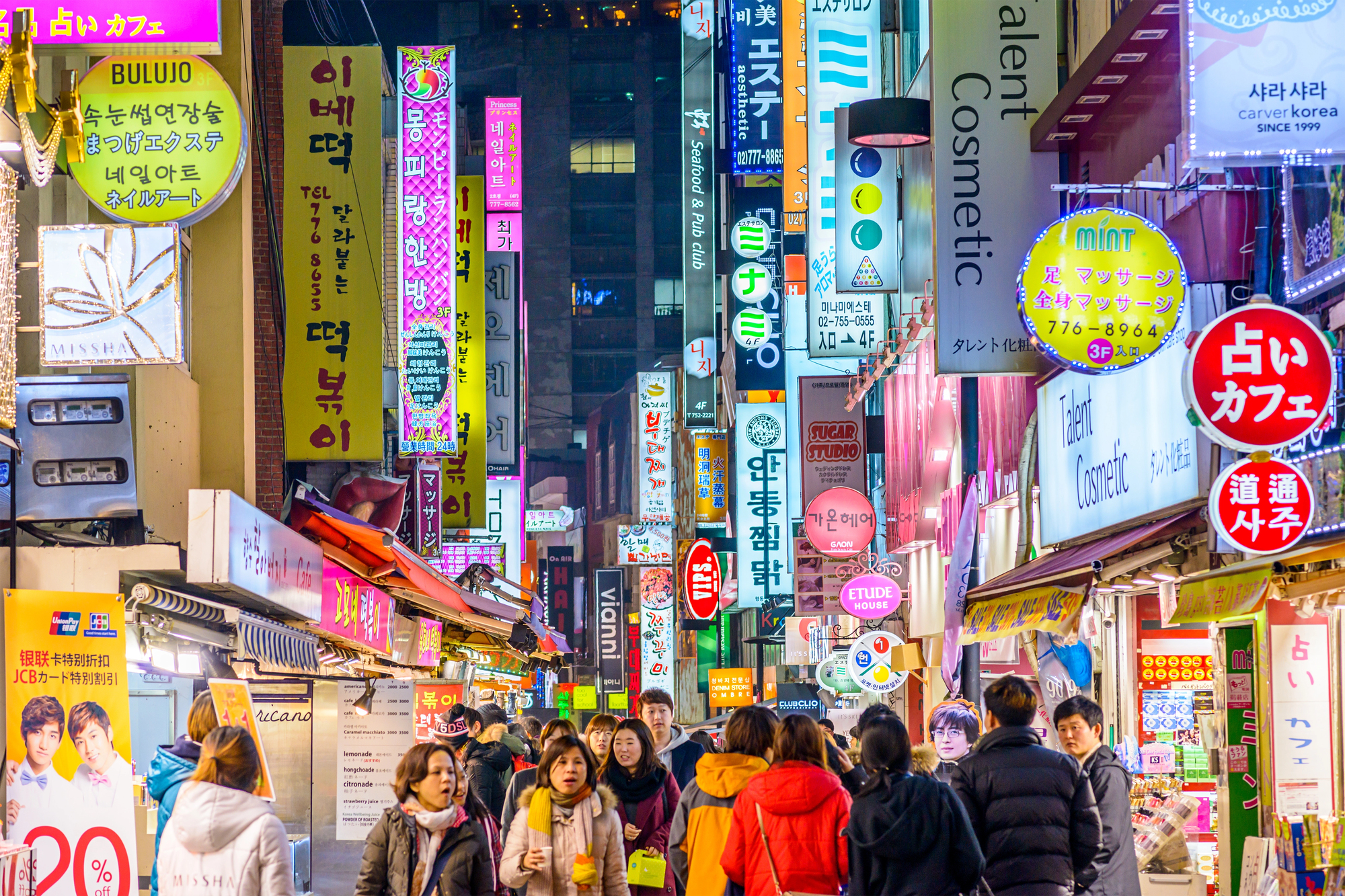
Seoul’s public bathhouses continue centuries-old traditions of communal relaxation in one of Asia’s most technological cities. The Han River Park system creates 40 miles of accessible waterfront with activities from cycling to meditation.
The city’s efficient public transportation and abundant public spaces make it possible to navigate millions of people without the typical stress of urban congestion.
Like Travel Pug’s content? Follow us on MSN.
Montreal
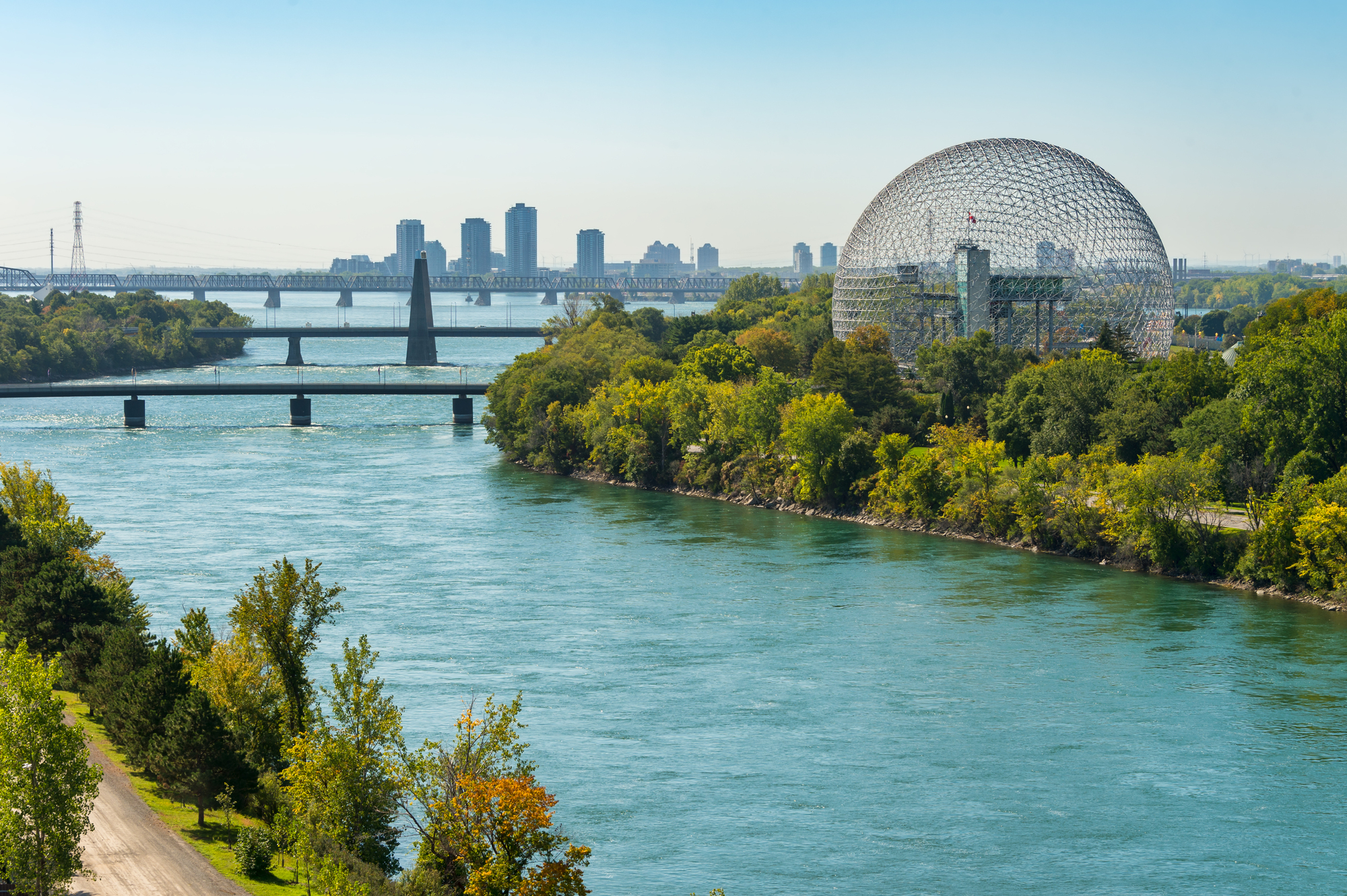
Montreal’s European-influenced design creates intimate neighborhood scales within the larger metropolitan area, preventing the anonymous feeling that can exacerbate urban loneliness. The city’s vibrant festival culture encourages regular celebration and community connection throughout all four seasons.
Underground pathways connect much of downtown, allowing residents to avoid weather extremes that might otherwise limit social interaction and activity during harsh winters.
Buenos Aires
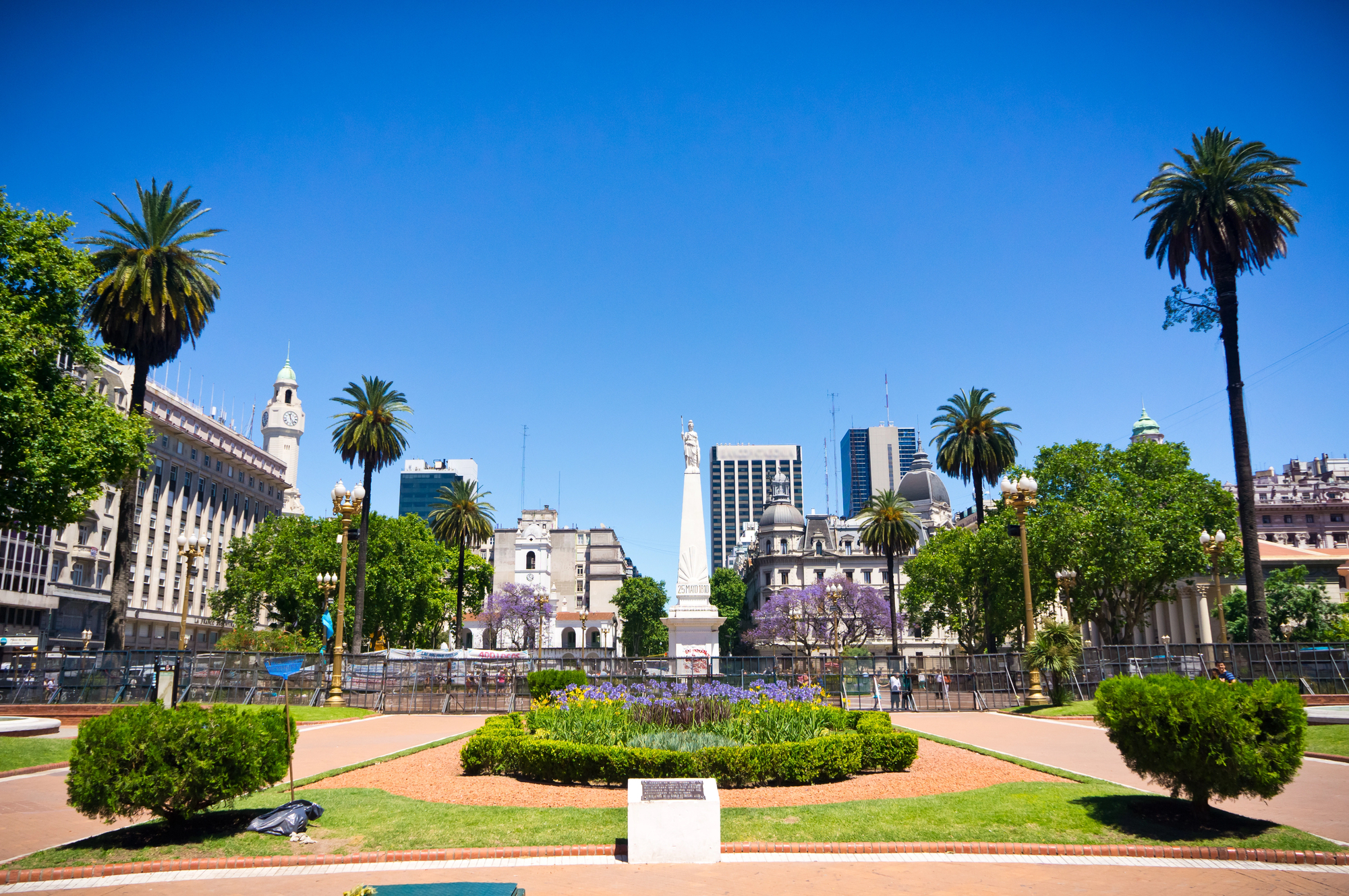
The Argentine capital’s cafe culture encourages extended conversations and relationship-building rather than rushed interactions. The city’s embrace of tango provides both physical exercise and emotional expression through movement, touching on multiple therapeutic modalities.
The wide boulevards and grand architecture create a sense of expansiveness that counteracts the psychological constriction many experience in urban environments.
Amsterdam
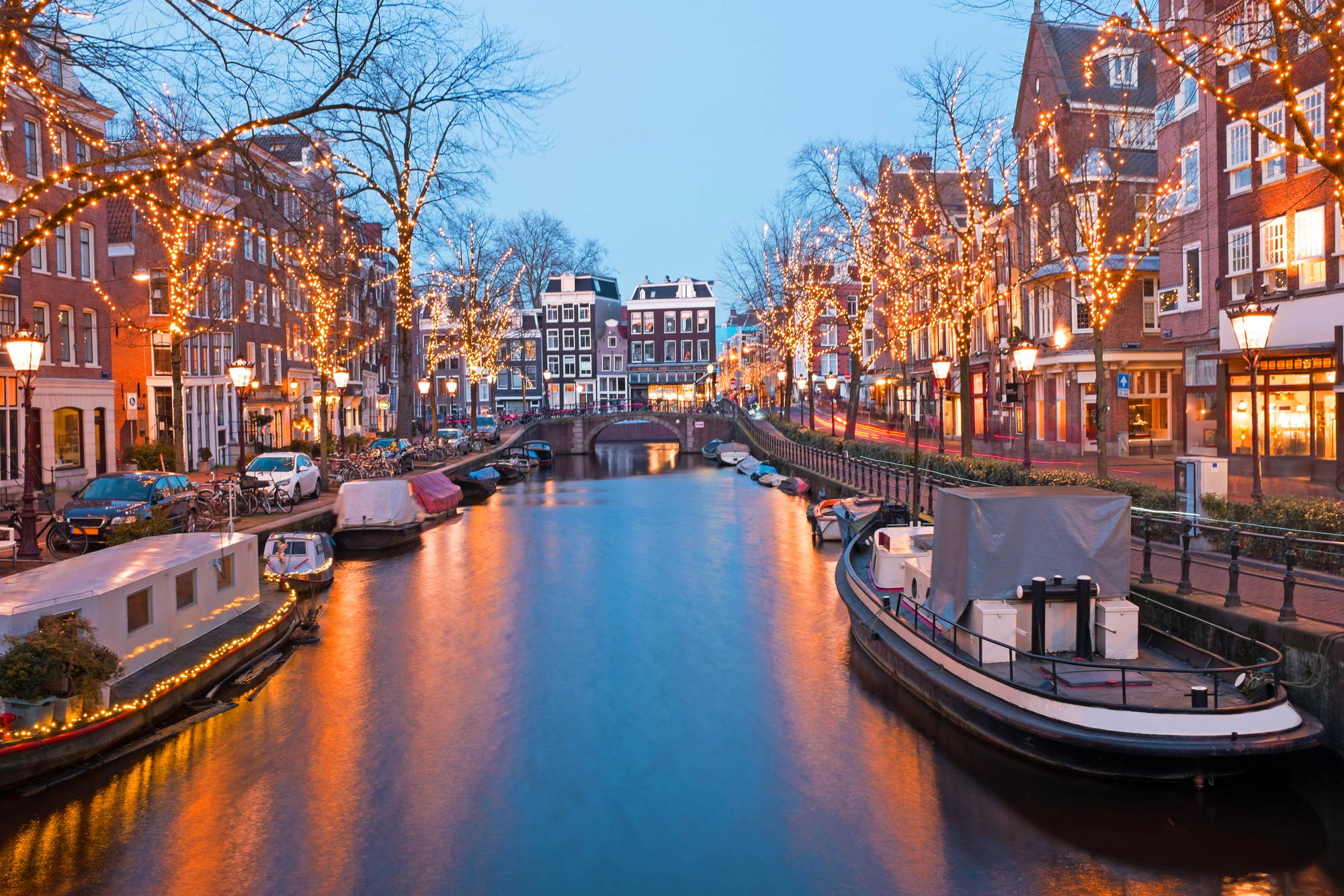
Amsterdam’s famous canal system creates a unique urban rhythm, with water reflecting light and creating natural breaks in the built environment. The city’s bicycle culture reduces noise pollution and connects residents to their bodies and surroundings in ways that car transportation cannot.
The Dutch concept of ‘gezelligheid’ (comfort and coziness) manifests in warm public spaces that foster connection and reduce the anonymity often felt in urban centers.
Like Travel Pug’s content? Follow us on MSN.
Taipei
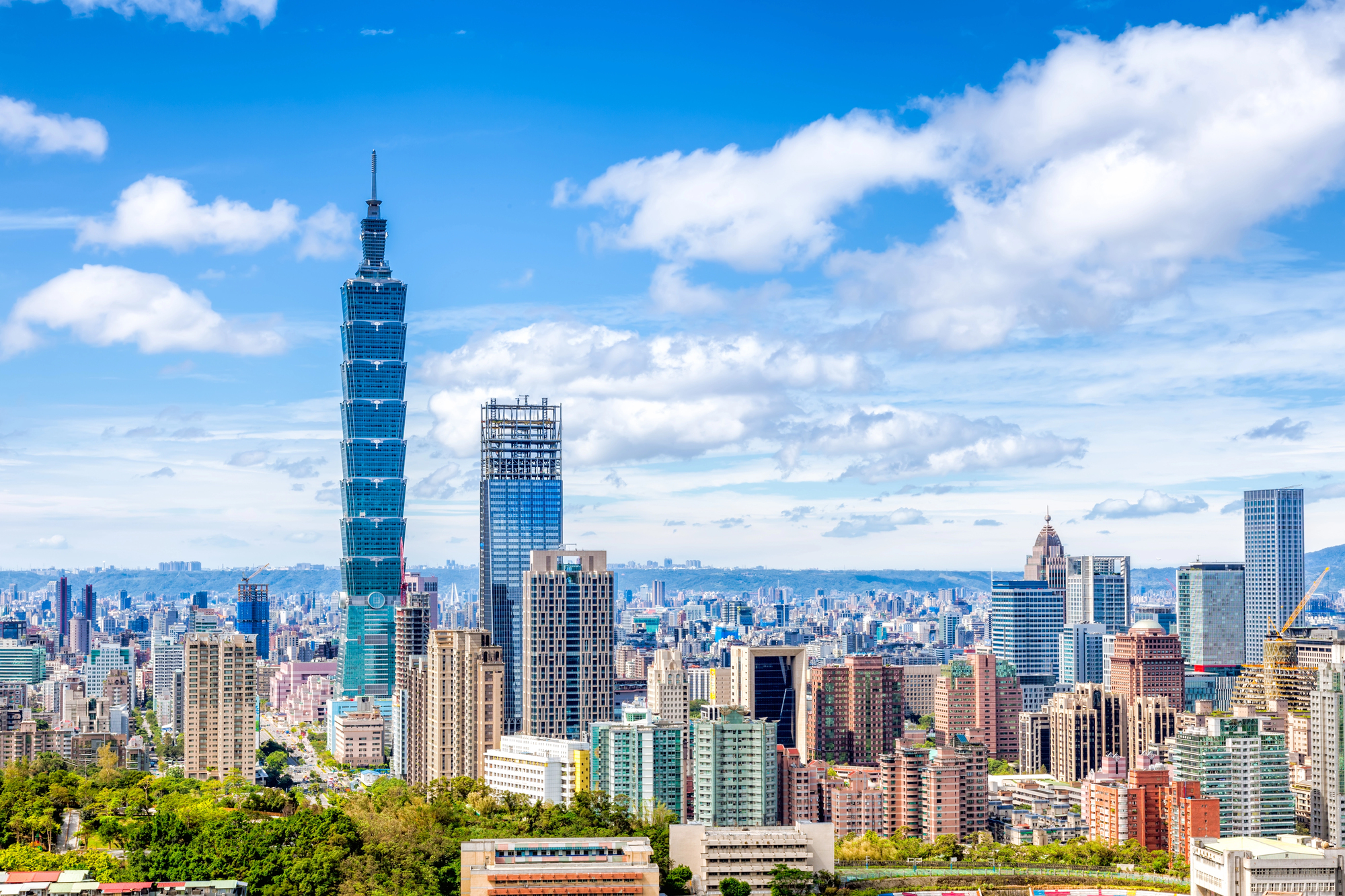
Night markets in Taipei create communal experiences around food, addressing both physical nourishment and social connection. The city’s abundant hot springs provide natural stress relief accessible by public transportation, some even within city limits.
Buddhist and Taoist temples throughout the urban fabric offer moments of spiritual connection without requiring retreat from daily life.
Vancouver
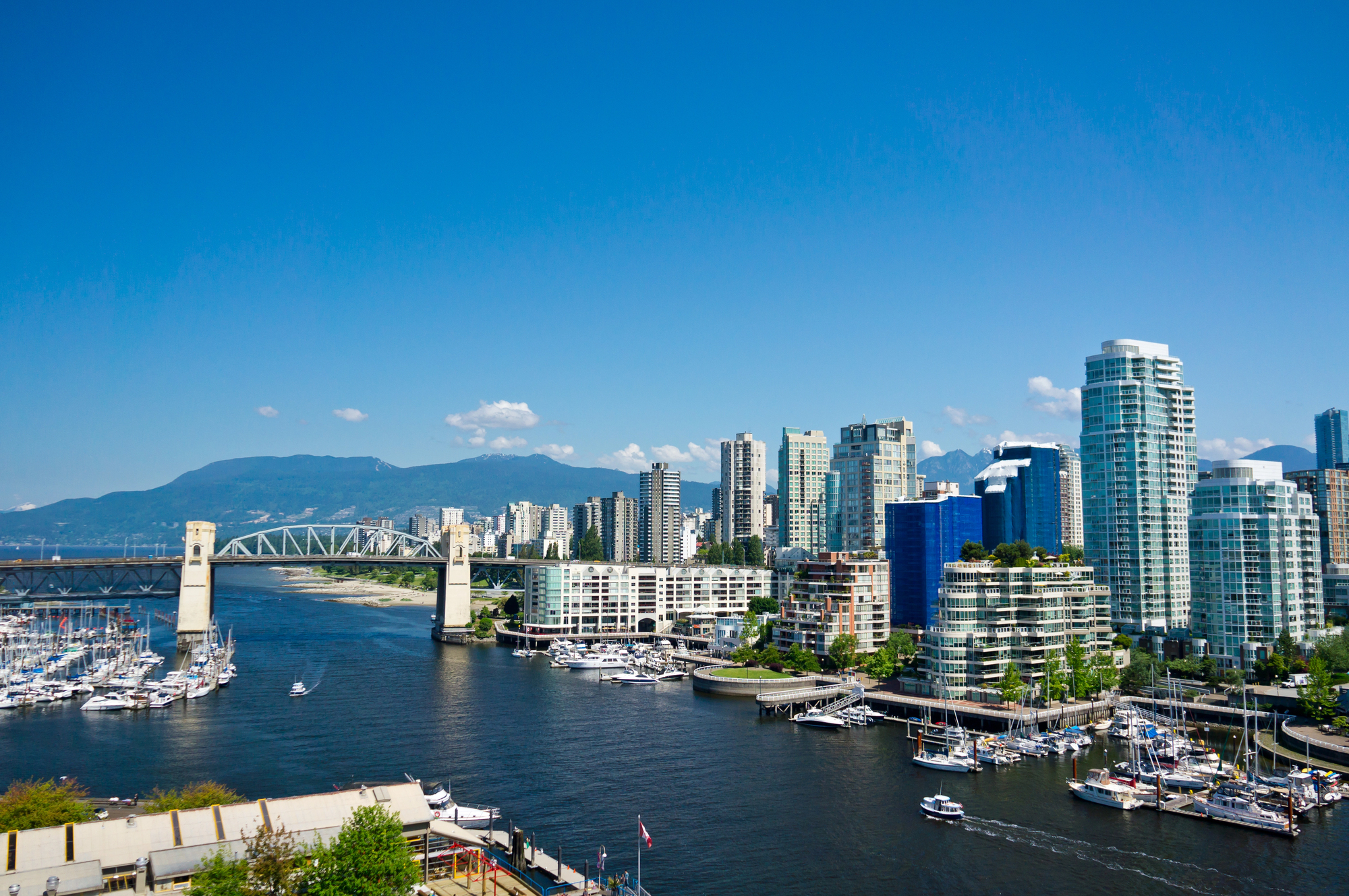
Set between mountains and ocean, Vancouver offers dramatic nature views from an urban context, creating awe-inducing moments during ordinary commutes. The city’s SeaWall provides 17 miles of waterfront paths for walking, running, and cycling, making movement therapy accessible.
Stanley Park, larger than New York’s Central Park, sits right next to downtown, offering forest bathing opportunities minutes from office buildings.
Vienna
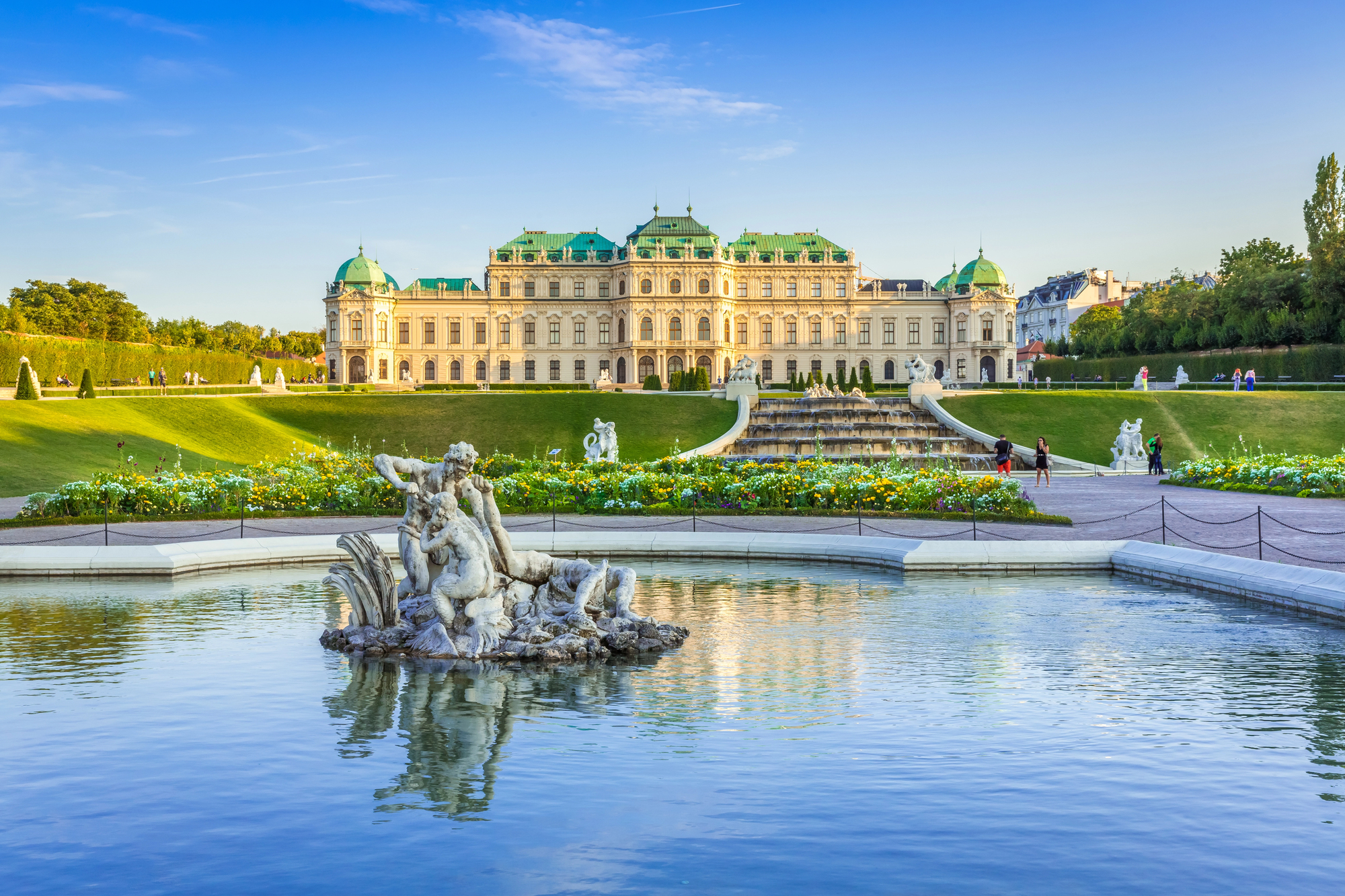
Vienna’s coffee house tradition creates third spaces between work and home where lingering is encouraged rather than discouraged. The city’s commitment to affordable housing reduces financial stress, addressing a key factor in urban mental health challenges.
Classical music permeates the city’s culture, offering the proven therapeutic benefits of musical engagement as part of everyday life rather than as a special intervention.
Like Travel Pug’s content? Follow us on MSN.
San Francisco
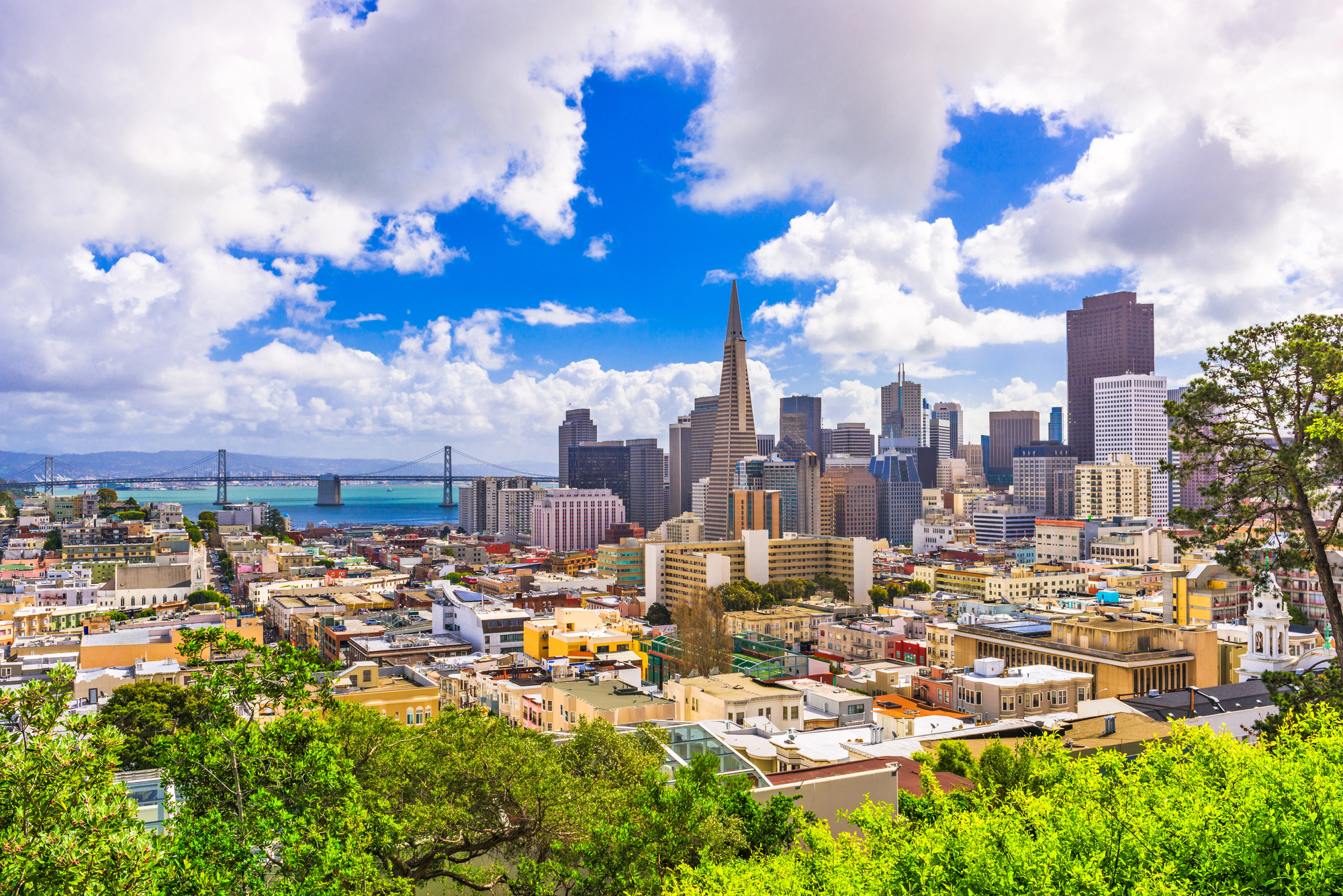
Despite its urban density, San Francisco’s 220+ parks mean most residents live within a 10-minute walk of green space. The city’s famous hills build exercise into daily life and provide panoramic views that create perspective shifts.
The foggy microclimate creates atmospheric changes throughout the day, connecting residents to natural cycles even amid urban infrastructure.
Marrakech
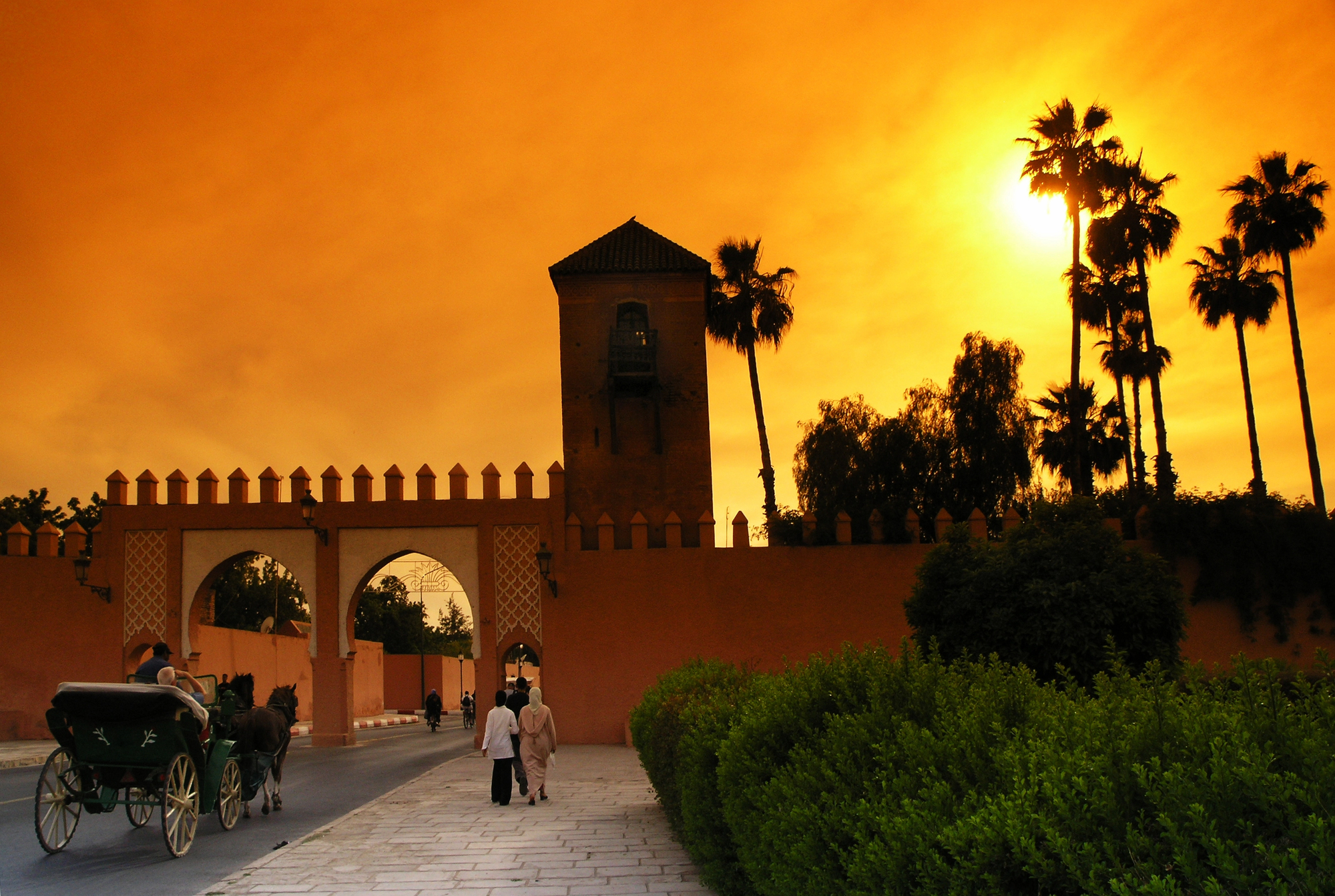
The sensory richness of Marrakech’s markets engages visitors fully in the present moment, an experience similar to mindfulness practices. The contrast between busy souks and peaceful riads demonstrates how proximity can exist between stimulation and calm.
The city’s hammam bathing tradition encourages physical relaxation and the temporary suspension of ordinary concerns, creating mental space within urban intensity.
Urban Therapy in Unexpected Places

These vibrant cities remind us that therapeutic experiences aren’t limited to quiet countryside retreats or isolated meditation centers. Sometimes, the perfect antidote to modern stress comes from immersion in places that pulse with life and energy.
The contrast between external stimulation and internal calm creates a unique form of equilibrium. The most therapeutic cities offer both intensity and respite, stimulation and sanctuary, often within blocks of each other. Perhaps there’s wisdom in this urban balance that we can apply to our own lives—creating space for both engagement and retreat, connection and solitude, movement and stillness.
These cities teach us that therapy isn’t always about escape but sometimes about finding new ways to be present exactly where we are.
More from Travel Pug

- Cities Growing so Fast You Won’t Recognize Them in 10 Years
- 13 Destinations Where Tourists Regularly Regret Their Trip
- 20 Obscure WWII Sites Even History Buffs Don’t Know About
- 10 Under-the-Radar Mountain Towns That Are Both Affordable and Beautiful
- 20 Abandoned Places That Feel Like Real-Life Post-Apocalyptic Movie Sets
Like Travel Pug’s content? Follow us on MSN.
